Call Us
Send Us A Message
Get a Quote
There is a 100 piece minimum to work with a sales rep.
Screen Printing: 25 pieces minimum
Embroidery: 3 pieces minimum
Water-based Transfers: 1 pieces minimum
Direct-To-Garment: 1 pieces minimum
Patches: 25 pieces minimum
Office: (323) 261-8700
9 AM - 5:30 PM PST
Chat Available 9 AM - 2 AM PST
Back
Your dedicated account rep is here to keep you updated and offer real time suggestions and project navigation every step of the way. Online ordering and live price quotes available here.
This will help us tailor the experience depending on your experience and know how to best support you.
Select one or as many of the services below you are interested in.
If you need help to identify the correct product for the correct demographic at the correct price point, select "I need help searching" and we will ask you a few additional questions to allow us to submit the best options for your project.
We want to make sure your recipients will love and wear the merch you create time and time again. These questions will really help us identify the products that will best fit your audience.
Please make sure that you have reached minimum order quantity for preferred option. MOQ descriptions you can find
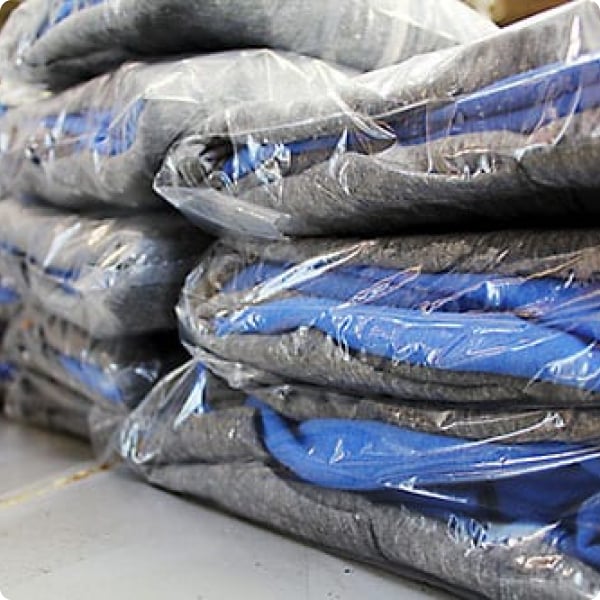
DTLA Print has an in house finishing department in its facility with trained individuals to professionally fold and bag your garments. Bags can be provided with customizable options, however we use a 1 mill flat poly bag which can be air sealed or taped shut.
$0.95/Shirt
+ 2 days
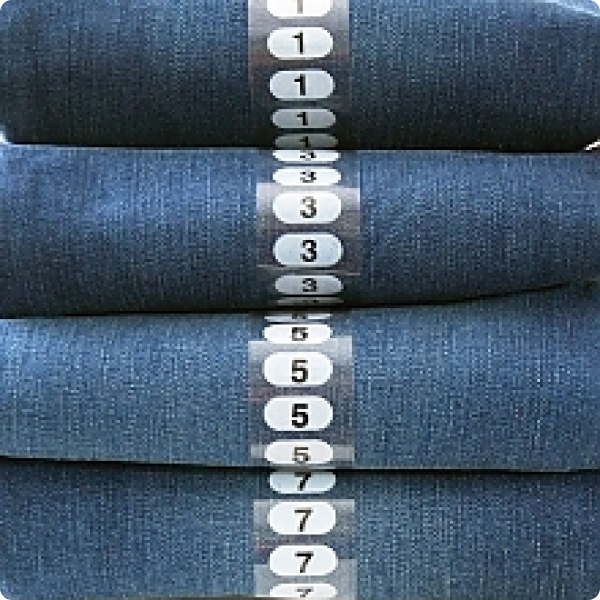
Add a size sticker to the outside of each garment or poly bag to easily identify the size of a garment. Packages do come separated by size how ever many retailers and fulfillment centers do require these stickers.
$0.65/Shirt
+ 2 days
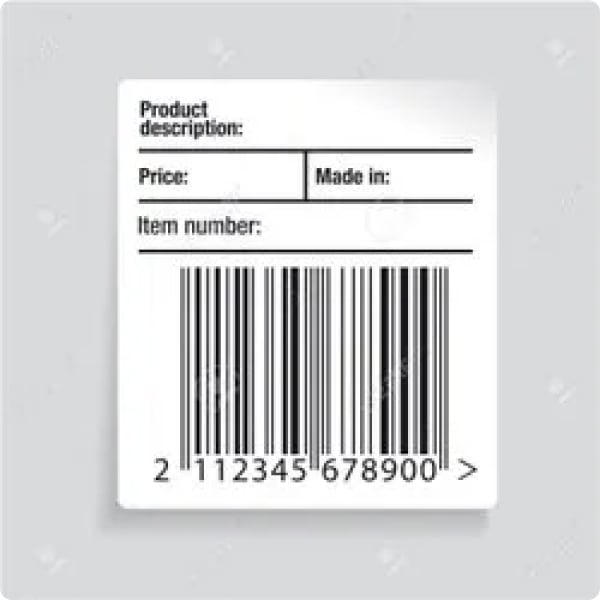
We will print & apply a custom UPC label for any retailer, 3rd party logistics or fulfillment partner you work with.
$0.75/Shirt
+ 2 days
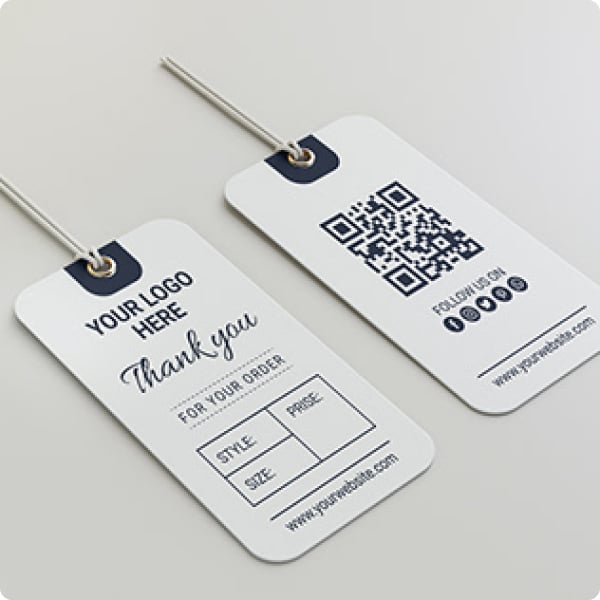
Incorporating price tickets and hang tags securely with a pin, while offering a diverse array of sizes, colors, and finishes, significantly enhances the perceived quality and overall appeal of your garment. Additionally, not only elevate the garment’s perceived value but also provide essential product information, giving your customers a more informed and satisfying shopping experience.
$1.8/Shirt
+ 14 days
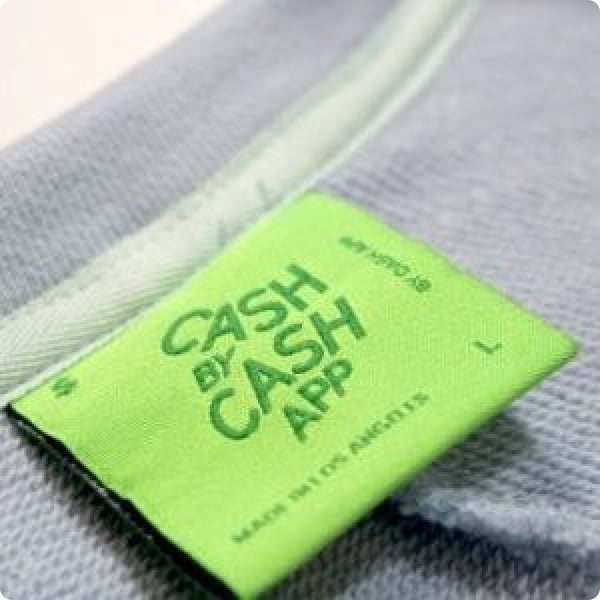
Create a fully custom woven main label. Includes the actual label itself and the sewing of the label. We will reach out to discuss the woven label material choices, shapes, and design. Please note this does add extra business days to the production time.
$2.75/Shirt
+ 14 days
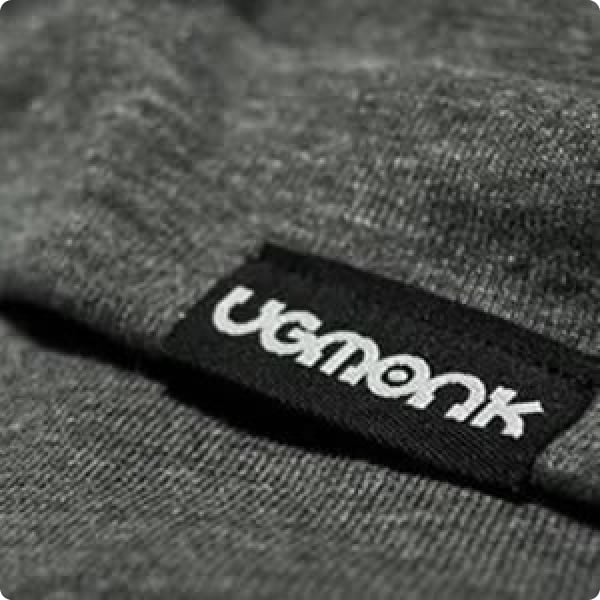
Create a fully custom woven hem label. Similar to the main label, this includes the actual label itself and the sewing of the label. We will reach out to discuss the woven label material choices, shapes, and design. Please note this does add extra business days to the production time. Hem labels go anywhere except the neck label of a garment.
$1.85/Shirt
+ 14 days
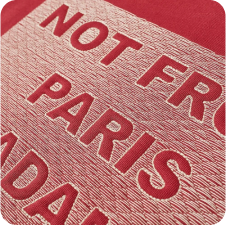
4.5” W but larger can be requested
Not common, but possible
PSD, AI, PDF, EPS, PNG
12
Metallic & 3D Puff
Scaled to size or larger with transparent background
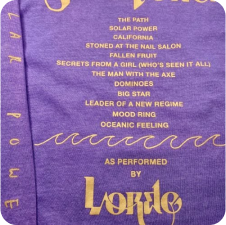
3” - 12” depending on location
15x18” *special request
PSD, AI, PDF, EPS, PNG
8
3M Reflective, Water-based, Plastisol, Puff, Etc...
Scaled to size or larger with transparent background
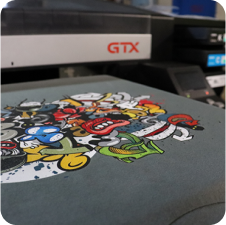
15x18”
PNG preferred, ( also acceptable; PSD, AI, PDF, EPS, JPG )
Unlimited
300 DPI scaled to size or larger with a transparent background
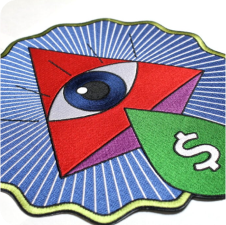
10x13.5”
PNG preferred, ( also acceptable; PSD, AI, PDF, EPS, JPG )
Unlimited
300 DPI scaled to size or larger with a transparent background
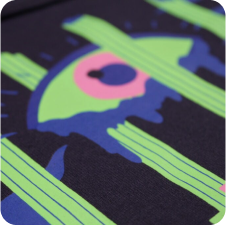
15x18”
PNG preferred, ( also acceptable; PSD, AI, PDF, EPS, JPG )
Unlimited
300 DPI scaled to size or larger with a transparent background
Upload Mockups
Don’t worry! Every order is triple checked even if it does not look perfect in this demo.
Max File Size: 15 MB. For any files larger than 15MB please send via wetransfer.com or dropbox.com and share with sales@dtlaprint.com
Tax exemption is the reduction or removal of a liability to make a compulsory payment that would otherwise be imposed by a ruling power upon persons, property, income, or transactions. Tax-exempt status may provide complete relief from taxes, reduced rates, or tax on only a portion of items. Examples include exemption of charitable organizations from property taxes and income taxes, veterans, and certain cross-border or multi-jurisdictional scenarios.
*Only orders shipped with in California are charged tax unless a a valid CA resale form is provided.
Production time is separate from shipping
If you're in a hurry to receive your order, we offer an expedited service to fast-track the production process. While this option incurs additional charges, it ensures you get your product sooner. However, if time is not a pressing concern, you can stick to our standard production schedule at no extra cost. We believe in providing you with the flexibility to choose the timeline that best suits your needs.

In the dynamic world of custom branded apparel, especially hat decoration, businesses often face the critical decision between embroidery and heat transfer methods. Both techniques have their unique advantages and can significantly impact your business’s efficiency, production capacity, and overall success. This comprehensive guide delves into the details of each method to help you make an informed choice.
Embroidery has long been celebrated as the premium method for decorating custom hats. Hat embroidery involves stitching a design directly onto the fabric, resulting in a high-quality, durable finish that can withstand extensive wear and washing. Here’s a detailed look at the embroidery process:
Digitizing: The design, such as an intricate 8-color gray bird athletics logo, needs to be converted into a digital format using specialized digitizing software. This step is crucial for ensuring the design is accurately replicated on the fabric.
Securing the Hat: The hat must be placed in an embroidery hoop to hold it taut and secure during the stitching process. This step can take between 60 seconds to 3 minutes, depending on the operator’s skill and the complexity of the design.
Loading the Design: The digitized design is uploaded to the embroidery machine. The machine is then programmed to stitch the design onto the hat. For a detailed design, this can take about 13 minutes and 30 seconds per hat.
Stitching: The embroidery machine executes the stitching process, following the digitized pattern to create a high-quality, embroidered finish.
Heat transfer is a modern technique that has revolutionized the hat decoration industry. This method involves applying pre-made patches to hats using heat, significantly speeding up the production process and allowing for a variety of finishes. Here’s a detailed breakdown of the heat transfer process:
Heat Press Machine: A machine like the Hotronix 360 IQ, which features top and bottom heat, is used to apply the patches.
Positioning the Patch: The patch is carefully positioned on the hat. The sweatband is flipped out to ensure a smooth application.
Locking Down: The hat and patch are locked into place within the heat press machine.
Heat Application: The machine applies heat for 30 seconds, effectively bonding the patch to the hat. The top heater is set to 280 degrees, and the bottom heater to 320 degrees, creating a heat sandwich that ensures a durable bond without damaging the hat.
To ensure you achieve the best results for your custom designs, using the right tools is essential. For creating and preparing intricate designs, consider utilizing specialized hat design software. This software allows you to design and digitize patterns efficiently, making it easier to switch between embroidery and heat transfer processes depending on your production needs. When deciding between embroidery and heat transfer, consider the following factors:
Both embroidery and heat transfer have their unique advantages. While embroidery offers a premium, durable finish, heat transfer provides significant efficiency, versatility, and cost benefits. As the custom branded apparel industry continues to evolve, adopting heat transfer technology could be a strategic move to enhance your production capacity and stay competitive in the market.
In partnership with onetreeplanted.org
In partnership with onetreeplanted.org
Please provide the best contact number for our team to reach out to you on, your account rep will reach out within 24-48 business hours.
A 100 piece minimum is needed for an account rep to handle your order.